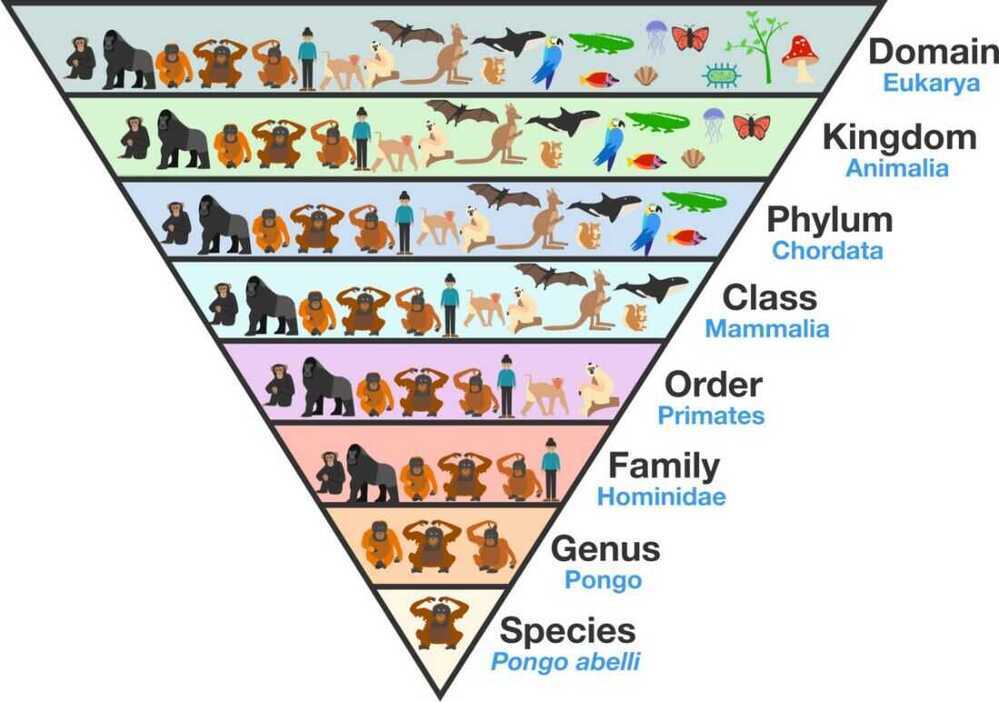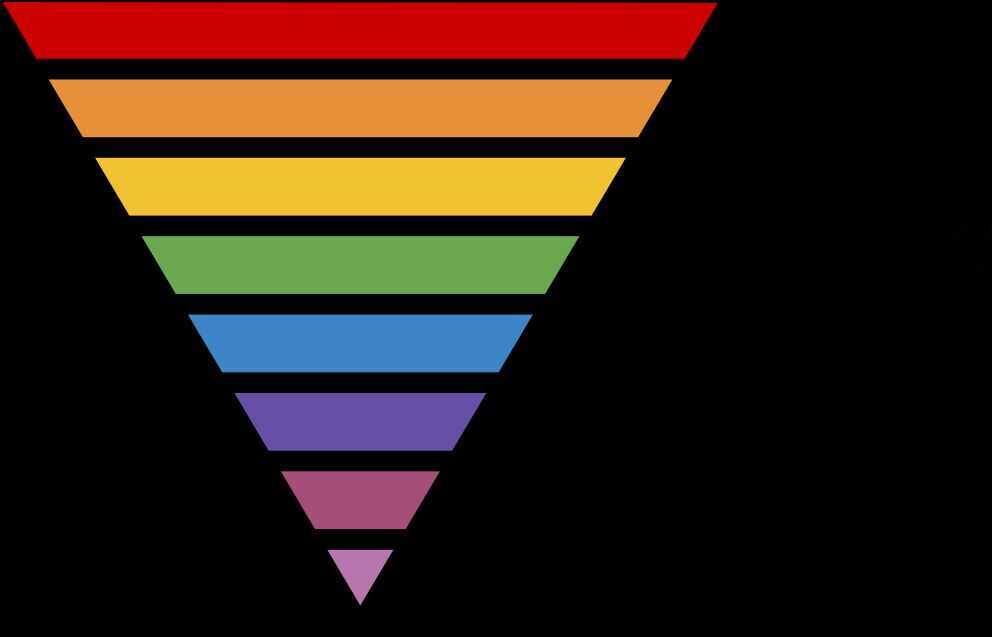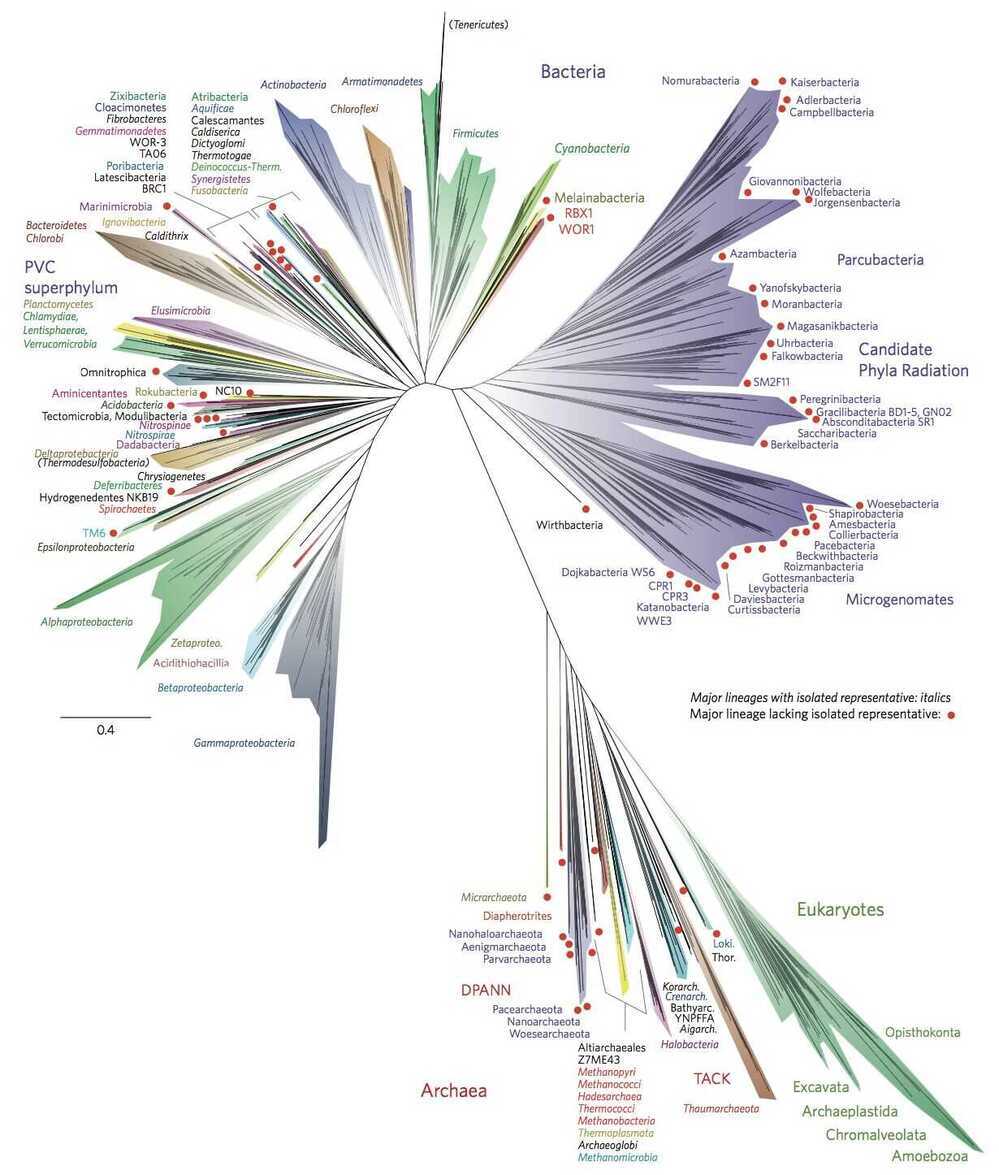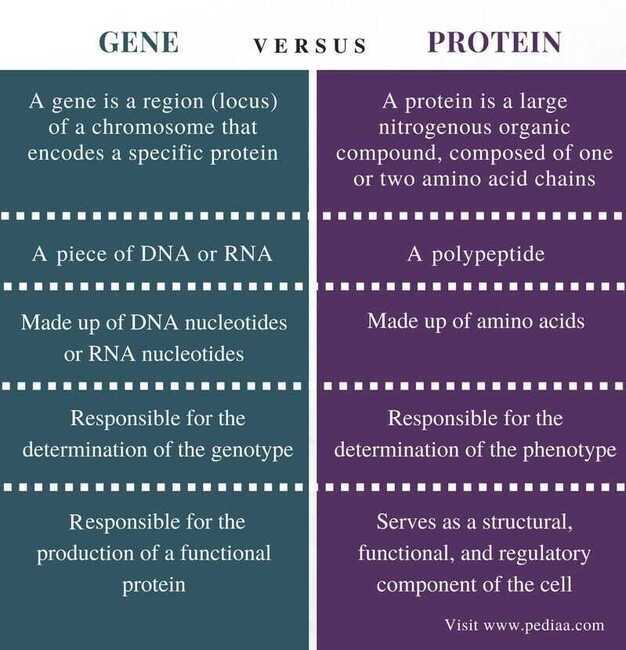Biology
Live longer
- Avoid DNA damage
- Eat less
- Eat less protein
- HIIT
- Be cold
- Be hot
Taxonomy, which translates from Ancient Greek as "arrangement method," is a tool for categorizing living organisms into groups (ortaxa) based on shared genetic traits and common ancestry. Organisms grouped higher up in the hierarchy share very broad traits, while organisms grouped together farther down the hierarchy are more closely related (they share more genetic traits). Historically, we have classified living organisms into these taxa (in order of increasing specificity): domain, kingdom, phylum, class, order, family, genus, species, [Variety]. (Mnemonic - "D ear K ing P hilip C ame O ver F or G ood S oup")
Humans
- Domain - Eukarya
- Kingdom - Animalia
- Phylum - Chordata
- Class - Mammalia
- Order - Primates
- Suborder - Haplorhini
- Infraorder - Simiiformes
- Family - Hominidae
- Subfamily - Homininae
- Tribe - Hominini
- Genus - Homo
- Species - Home sapiens
https://en.wikipedia.org/wiki/Human


https://en.wikipedia.org/wiki/Taxonomic_rank
https://en.wikipedia.org/wiki/Kingdom_(biology)
Tree of life


https://en.wikipedia.org/wiki/Tree_of_life_(biology)
Evolution & Classification of Life | Single Celled Bacteria to Humans
https://en.wikipedia.org/wiki/Template:Human_timeline
Protein
Proteins play countless roles throughout the biological world, from catalyzing chemical reactions to building the structures of all living things. Despite this wide range of functions all proteins are made out of the same twenty amino acids, but combined in different ways. The way these twenty amino acids are arranged dictates the folding of the protein into its primary, secondary, tertiary, and quaternary structure. Since protein function is based on the ability to recognize and bind to specific molecules, having the correct shape is critical for proteins to do their jobs correctly.
Gene vs Protein

Lymphatic System
Thelymphatic system is part of the vascular system and an important part of the immune system, comprising a network of lymphatic vessels that carry a clear fluid called lymph(from Latin,lymphameaning "water") directionally towards the heart.
Brain (Rosehip Neuron)
New type of inhibitory neuron discovered, in cortex.
Pyramidal neurons - Excitatory neurons
All about Brain
https://waitbutwhy.com/2017/04/neuralink.html
Hypnagogia
Altered state of Consciousness, occur just before deep sleep

Carrying Capacity
Thecarrying capacityof a biological species in an environment is the maximum population size of the species that the environment can sustain indefinitely, given the food, habitat, water, and other necessities available in the environment. In population biology, carrying capacity is defined as the environment's maximal load, which is different from the concept of population equilibrium. Its effect on population dynamics may be approximated in a logistic model, although this simplification ignores the possibility of overshoot which real systems may exhibit.
https://en.wikipedia.org/wiki/Carrying_capacity
e-DNA (Environmental DNA)
How we can detect pretty much anything - Hélène Morlon and Anna Papadopoulou
Other Organisms
Resources
https://www.scotthyoung.com/blog/2021/01/18/biology
https://github.com/CompCogNeuro/ed4
https://www.weizmann.ac.il/mcb/UriAlon/download/systems-biology-course-2018